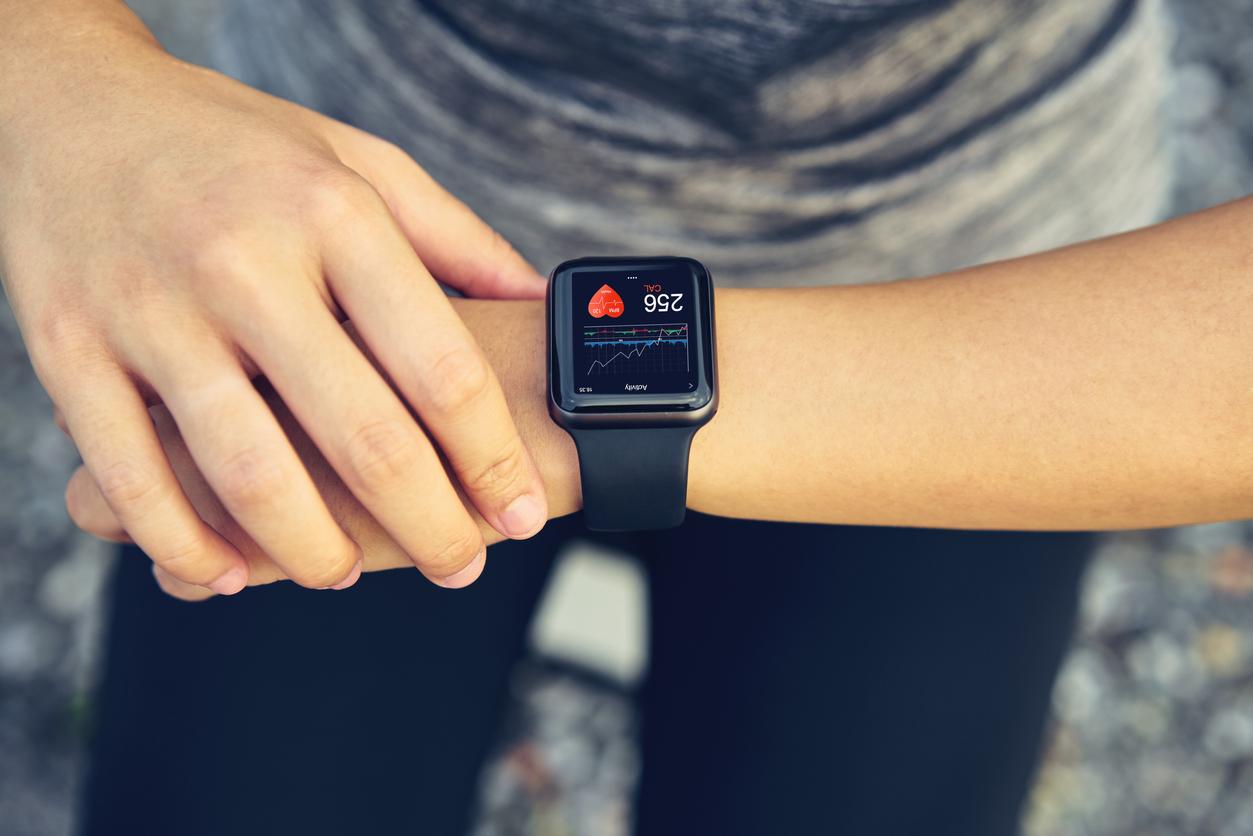Thanks to heart rate readings taken by connected watches and bracelets, it is possible to determine whether a person has Covid-19 or the flu, because the heart does not react in the same way in both cases.
-1608723764.jpg)
- Thanks to heart readings, it is possible to distinguish between the flu and Covid-19.
- Other symptoms visible in heart readings, such as shortness of breath, very clearly distinguish the two diseases.
Connected devices and activity trackers are changing the lives of its users. Thanks to the data collected on their daily physical activity, their heart rate and even their sleep, it is possible to draw a fairly accurate portrait of a person’s state of health. Based on this data, researchers from Evidation Health (USA) were able to analyze trends in heart rate, number of steps and duration of symptoms between patients with influenza and those with Covid-19. 19. They compiled these results which were published on December 12, 2020 in the journal patterns.
Shortness of breath and a spike in heart rate
For this study, the researchers looked at 7,000 participants wearing connected objects such as watches or bracelets. By analyzing the data relating to these carriers, two distinct groups could be highlighted: those who had the flu and those who had contracted Covid-19. Thus, both groups had similar resting heart rates and decreases in average step count. The main difference that made it possible to distinguish them concerns people with Covid-19, who had symptoms that lasted longer and who reached a heart peak later than carriers of the flu.
“It is surprising that many building entry screening tests are all based on temperature, as many people do not develop a fever immediately and there are so many things that cause fever other than Covid -19says Luca Foschini, co-founder of Evidation Health. A huge spike in resting heart rate is a more sensitive indicator of Covid. For people with an activity tracking system, you might ask them for permission to share this information for screening purposes, just like taking the temperature.”
Thanks to these results, it was possible to confirm that certain symptoms, such as shortness of breath, are characteristic of Covid-19 and not of the flu. Additionally, they also looked at the effects of each disease on decreasing daily step counts, and found that they lasted much longer for Covid than for the flu, presumably because of the rapid shortness of breath that occurs after the slightest effort in people infected with the coronavirus.
Measures to be refined
“We used the number of steps to measure the change in mobility, because we move less when we are sickexplains Luca Foschini. Compared to their baseline, step counts did not return to normal for people with Covid, even after three or four weeks.”
However, although these results may be useful for early detection of carriers of a disease, the researchers have some reservations about the method, in particular because influenza and other influenza-like illnesses could be potential sources of false positives. “Whoever designs these detection systems must be wary of other ailments and focus not only on distinguishing Covid cases from healthy cases, but also on distinguishing Covid cases from all other diseases, including influenzatempers Luca Foschini. Only one in five Americans wears a connected device, and this 20% is not evenly distributed. We need to direct research towards solutions that can benefit everyone equally.”
.















